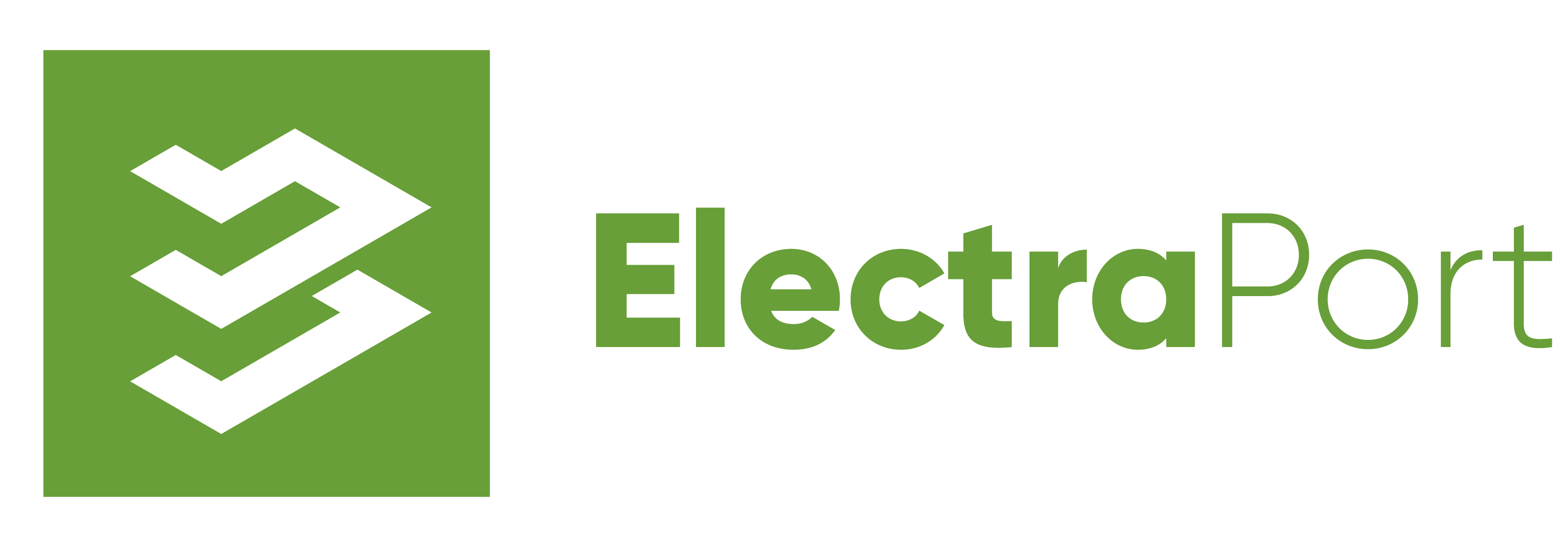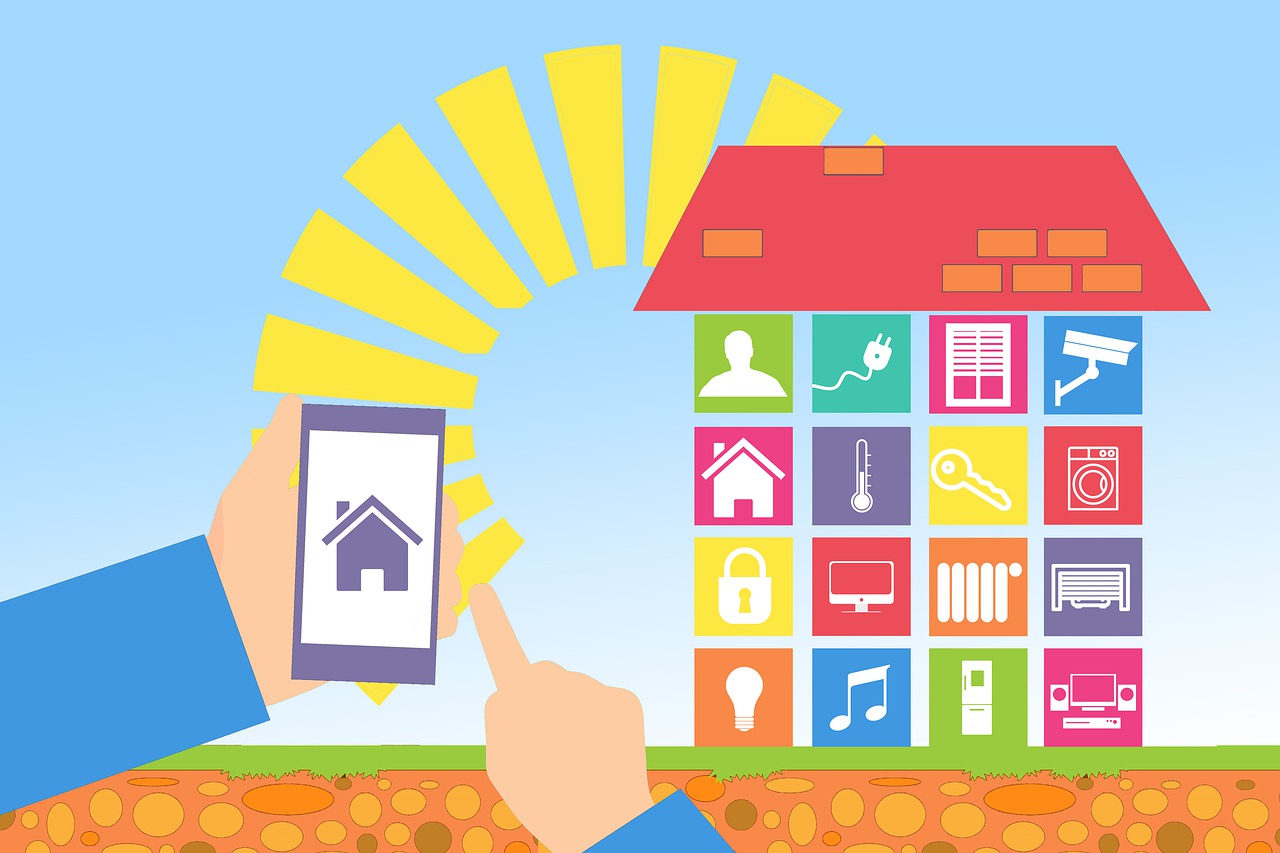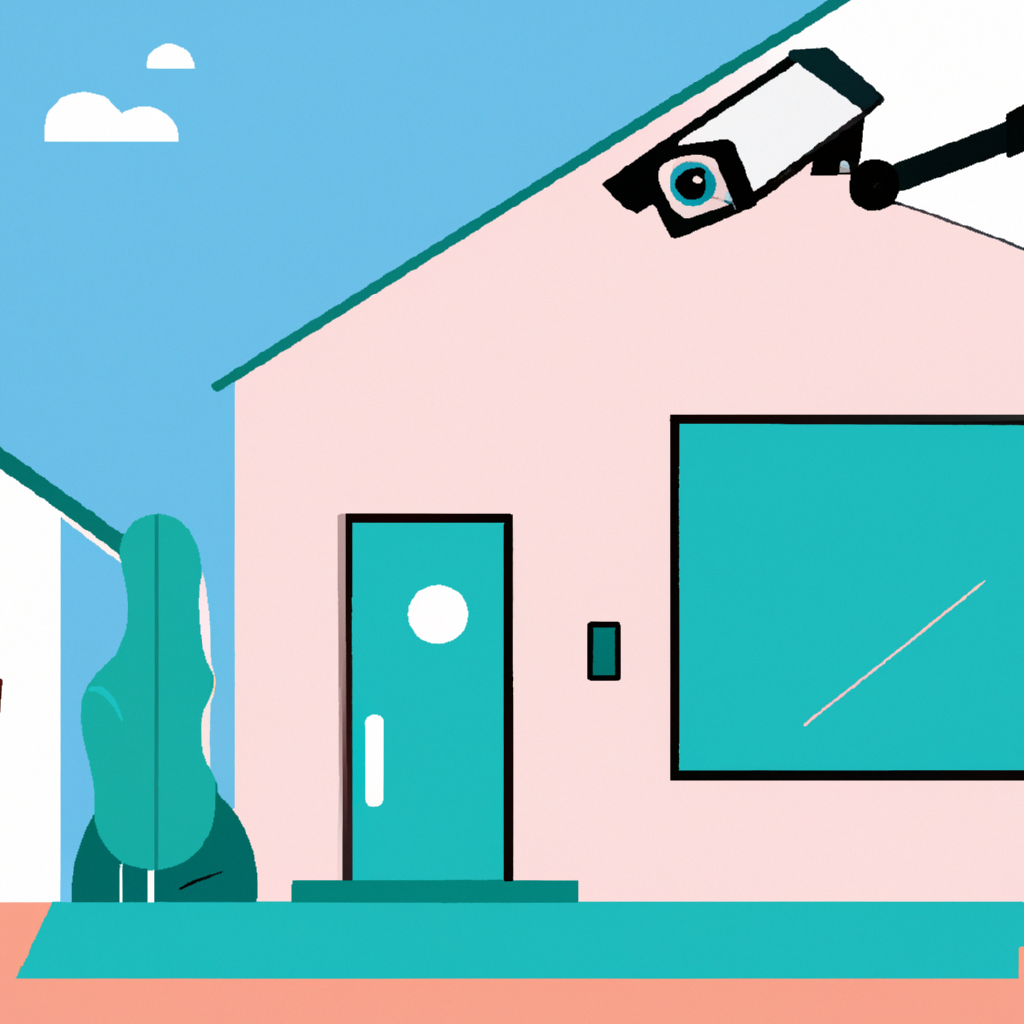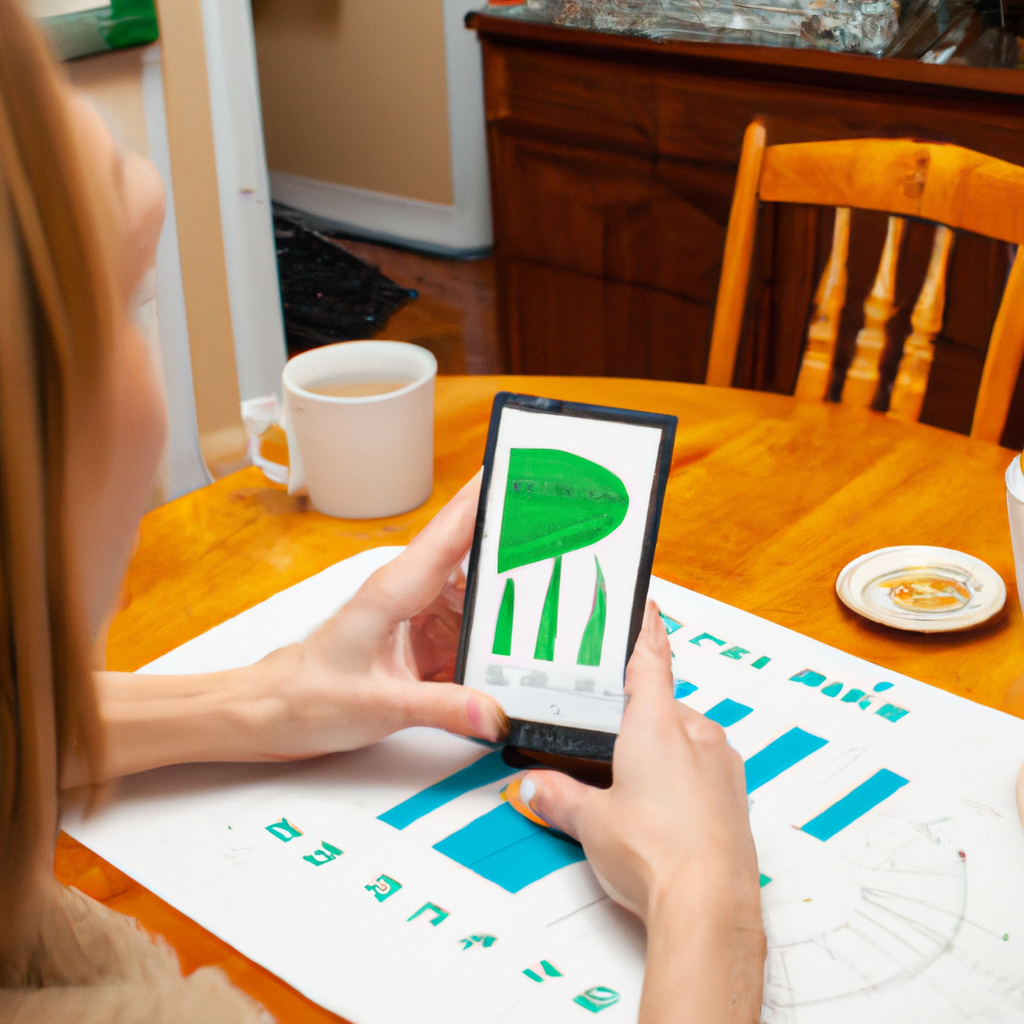It is literally impossible to enable a full Smart Home using equipment from a single manufacturer at this point. For that reason, integration of different manufacturer’s equipment is a must. Just on our deck, we use one manufacturer for the round light bulbs and another for the floodlights. We have a smart hose bib to water the plants by a third manufacturer. We might have a fourth manufacturer’s motion detector, and we definitely have a fifth manufacturer’s cameras. We have a 6th manufacturer’s party lights, and a seventh manufacturer’s smart fan.
We wanted to create a single system for all this. Individually those are just smart things, but integrated together they create a solution. A solution that lets us turn the whole thing on and off with a single touch; a solution that knows not to water when we’re using the deck, and a solution that notifies us if someone is on the deck when they shouldn’t be. And, it does a lot more. The outcome is much more than the sum of the parts, in terms of enabling our lifestyle.
On a room-by-room basis, evolving each area to smart technology enables more and more valuable automations and Settings. In ElectraPort parlance, a Setting is an array of states you can put devices into and/or rules that can be triggered, based on a keypress or time. Beyond just turning a couple lights on and off, a Setting can allow you and your family/guests to control all enabled aspects of the home from a single click. Change the temperature, color and state of lights, fan settings, audio/visual settings (e.g. turn on the music and video), and a lot more.
These Settings can also be time-based. Waking up, going to bed, eating meals, these can all be facilitated with Settings. Set the system to wake you up later on Sundays. Set the system for party time on Friday nights only. All of it can be configured to your family’s lifestyle. And all of this would just be based on the local devices being connected to each other through an ElectraPort hub.
But there are more services that can be added., external to the home. One of the simplest is a weather service, like OpenWeatherMaps. This service allows for several hundred requests per day under their free plan, meaning homeowners can literally add the weather to their smart home for $0. This lets you factor outside temperatures and weather conditions into settings and rules and let the home react to those conditions automatically. This could include closing automatic shades and louvers when the sun is at a certain angle to the home, so the areas don’t get superheated. It can include Settings that occur at sunset and sunrise, which change each day.
Other external services could include the ability to send notifications to homeowners and tenants: email, SMS, and push notifications to mobile devices and browsers. The ElectraPort architecture is designed to allow customers to opt in to those services through our cloud, or through the provider’s cloud directly. Depending on your attitude towards the cloud, there could be a variety of other external services that could be connected to your hub. Social media like Twitter or Instagram, allowing for notification or posting of messages to those channels. Communications channels like instant messaging could be connected.
An ElectraPort Smart Home can come pre-equipped with Speech to Text, Speech Recognition, and Text to Speech capabilities but this could be another area that a savvy user might look to expand or change. While the ElectraPort platform is designed to be self-contained and local, there may be cloud providers of these services that make sense. Specific examples here would be the services provided by providers like Amazon, Google, and Apple.
It should always be up to you, the property owner, to what extent your Smart Home does or must connect to any cloud service, if at all. Cloud connectivity brings the inherent risk of data loss. But for those who choose to allow for it, connections to services like these open up a world of possibilities.





Leave a Reply